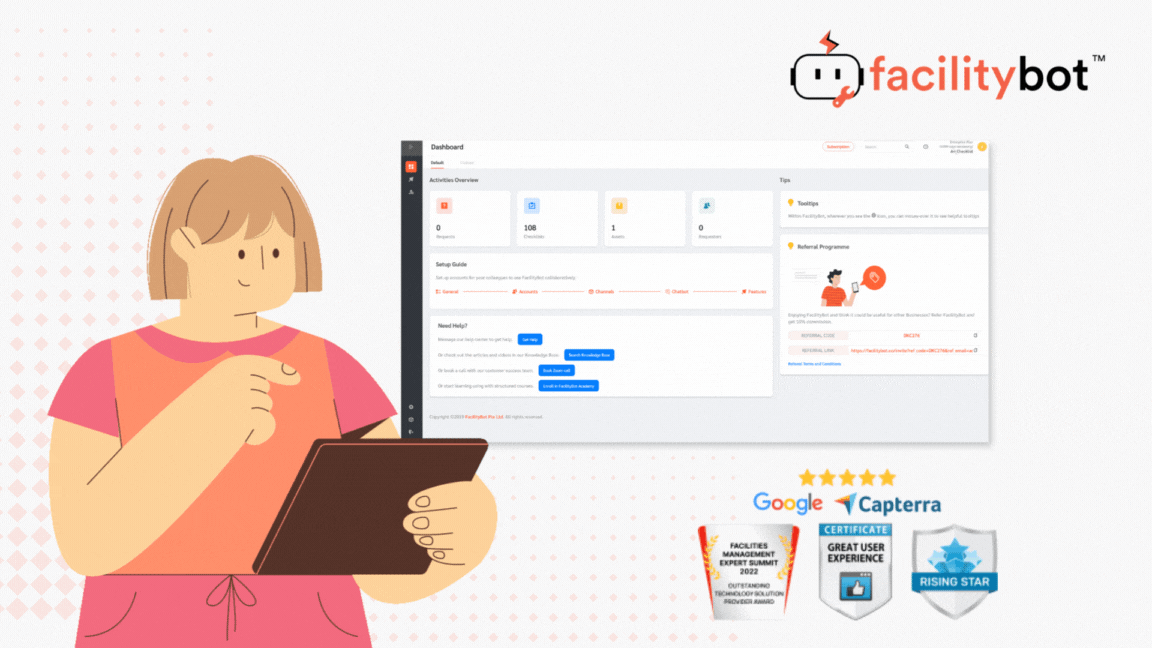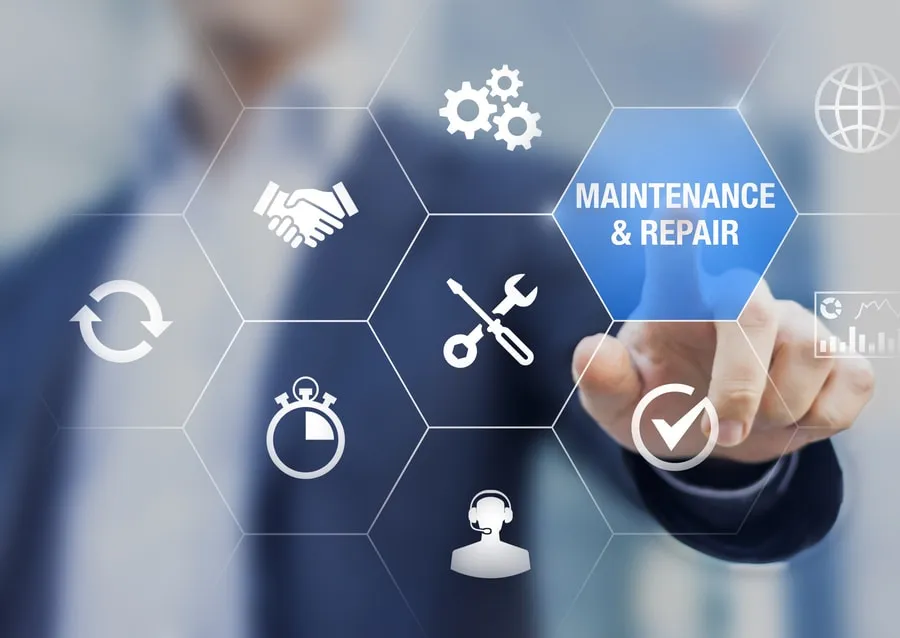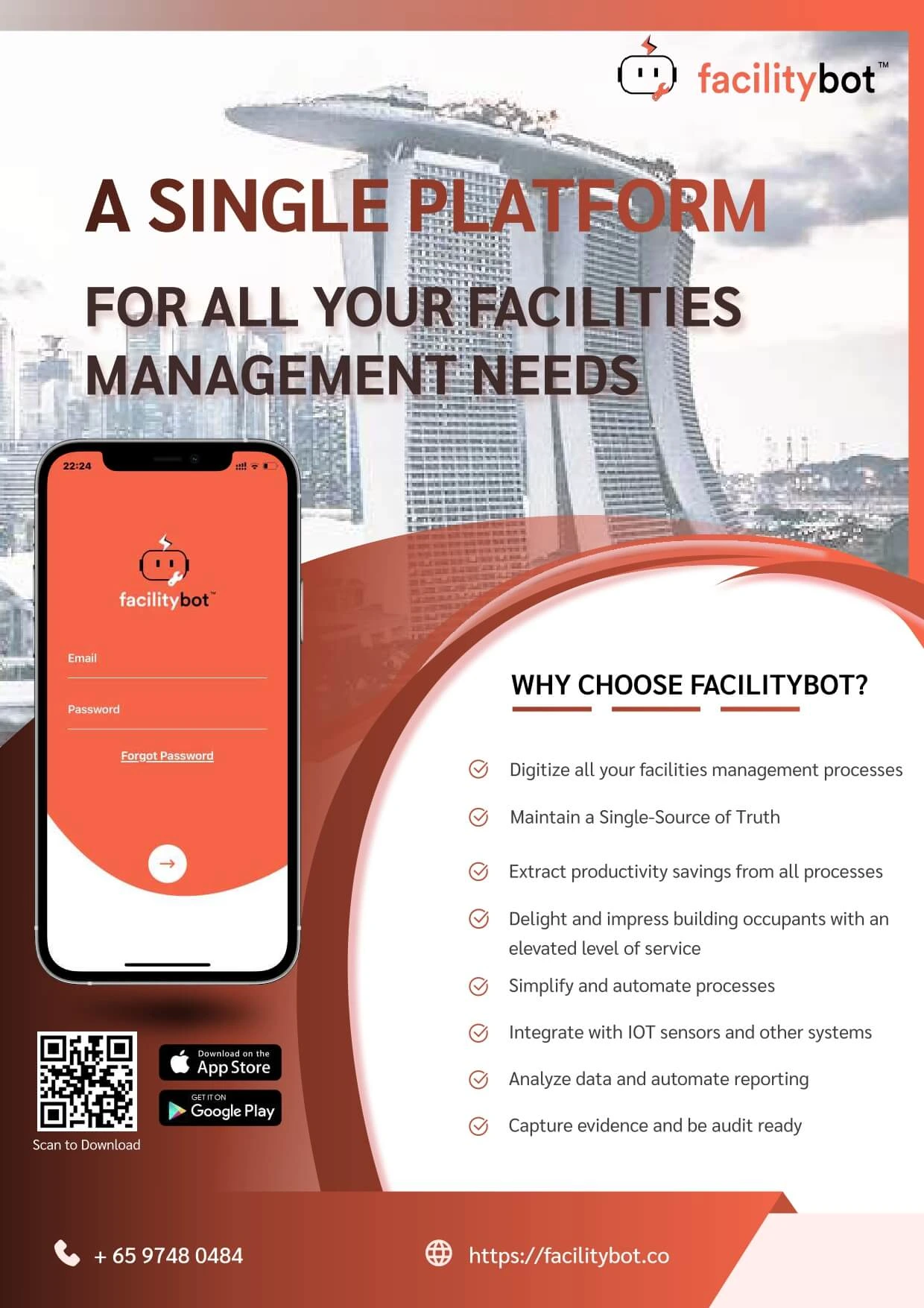In today’s fast-paced business landscape, organizations are increasingly turning to Computerized Maintenance Management Systems (CMMS) to streamline their maintenance processes and optimize asset management. However, with a plethora of CMMS options available, it can be challenging to find the one that best suits your organization’s needs. In this comprehensive guide, we will explore the key factors to consider when searching for the best CMMS to ensure a successful implementation and efficient maintenance operations.
- Comprehensive Capabilities:
One of the primary considerations when selecting a CMMS is to ensure it offers comprehensive capabilities that align with your organization’s maintenance processes and goals. Look for features such as preventive maintenance scheduling, work order management, asset tracking, inventory management, and reporting. Assess the software’s flexibility to adapt to your specific requirements, whether you operate in manufacturing, facilities management, healthcare, or any other industry.
- User-Friendly Interface:
A user-friendly CMMS interface is crucial for seamless adoption and optimal productivity. Consider software that offers an intuitive and visually appealing interface with easy navigation. Look for features such as drag-and-drop functionality, customizable dashboards, and clear labeling to enhance user experience. A CMMS with a shallow learning curve will help your team adapt quickly and make the most of the system’s capabilities.
- Reliability and Performance:
Maintenance operations are time-sensitive, and any disruptions can lead to costly downtime. Prioritize a CMMS with a proven track record of reliability and stability. Look for testimonials, reviews, and case studies from existing users to gauge the software’s performance. Consider factors such as system uptime, response time, and data integrity. A reliable CMMS will ensure uninterrupted maintenance operations and provide peace of mind.
- Robust Support and Training:
Implementing a CMMS requires adequate support and training. Assess the availability and quality of customer support provided by the CMMS vendor. Look for responsive support channels, such as email, phone, or live chat, to address any technical or operational issues promptly. Additionally, inquire about training resources such as user manuals, video tutorials, and webinars to facilitate a smooth onboarding process for your team.
- Cost-Effectiveness:
While budget is an essential consideration, it is crucial to look beyond the initial investment. Evaluate the total cost of ownership, including licensing fees, implementation costs, ongoing maintenance charges, and potential customization expenses. Consider the value derived from the CMMS features and the potential return on investment (ROI) in terms of improved efficiency, reduced downtime, and optimized asset management. A cost-effective CMMS balances affordability with long-term benefits.
- Asset Management:
Efficient asset management is a fundamental aspect of any CMMS. Look for a system that provides robust asset tracking, maintenance history, and performance analysis. The ability to monitor asset conditions, track warranties, and schedule maintenance tasks can significantly improve asset lifecycle management. Consider whether the CMMS integrates with other systems, such as Enterprise Asset Management (EAM), to streamline asset information across the organization.
- Preventive Maintenance Capabilities:
Preventive maintenance is a proactive approach to reduce unplanned downtime and increase equipment reliability. Ensure the CMMS you select offers preventive maintenance features such as scheduling, automated reminders, and condition-based monitoring. Advanced capabilities like predictive analytics can predict equipment failures, enabling maintenance teams to take proactive measures and optimize maintenance schedules.
- Work Order Management:
Efficient work order management is essential for organizing and tracking maintenance tasks. Look for a CMMS that streamlines work order creation, assignment, tracking, and completion. Features such as priority settings, status updates, and real-time notifications can improve communication between maintenance technicians and management. The ability to generate reports on work order history and performance metrics empowers data-driven decision-making.
Conclusion:
Selecting the best CMMS for your organization requires careful consideration of various factors. By evaluating the comprehensive capabilities, user-friendliness, reliability, support and training, cost-effectiveness, asset management, preventive maintenance capabilities, and work order management features, you can make an informed decision. Remember to prioritize your organization’s specific requirements and seek input from key stakeholders. Finding the right CMMS will streamline maintenance operations, optimize asset management, and contribute to operational excellence in the long run.
FacilityBot is your preferred CMMS Solution
FacilityBot CMMS is the ultimate solution for organizations seeking efficient maintenance management. With its comprehensive capabilities, user-friendly interface, and unwavering reliability, FacilityBot CMMS stands out as the preferred choice.
From preventive maintenance scheduling to work order management, asset tracking, and advanced reporting, FacilityBot CMMS offers a wide range of features tailored to various industries. Its intuitive design and customizable dashboards ensure a user-friendly experience with a shallow learning curve. With a proven track record of stability and performance, FacilityBot CMMS guarantees uninterrupted maintenance operations. Responsive customer support and extensive training resources further enhance the implementation process.
Discover how FacilityBot CMMS can revolutionize your maintenance management. Learn more by visiting our website at https://facilitybot.co and unlock the potential for streamlined operations, improved equipment reliability, and enhanced productivity. Take the first step towards maintenance excellence with FacilityBot CMMS.




